BENSHI !!
The benshi or katsuben were one of the most important figures in the early days of cinema in Japan.Its initial role was to narrate foreign films that projected for an audience that could not understand the signs, as they were not subtitled in Japanese, but not only was merely foreign films, but also to Japanese movies.
Benshi also reproduce the dialogues of all characters and even imitated the sounds.
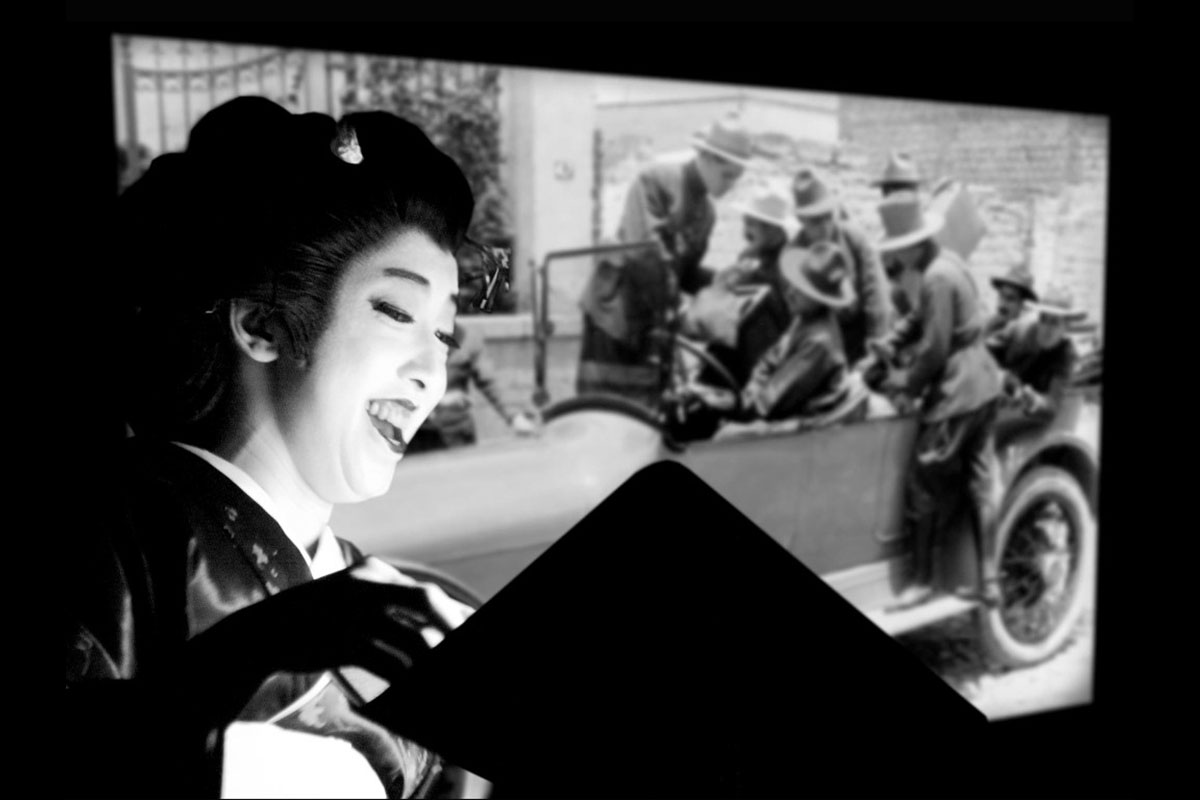
The benshi
were not a result of motion pictures. They did not come about because the Japanese masses
needed motion pictures and motion picture technologies explained to them. In the early twentieth century the illiteracy rate was still very high and therefore in many countries the figure of someone who was in charge of reading the signs of the film became popular.
 |
| BUNRAKU |
| e-TOKI |
 |
| KABUKI
The benshi, were located on the left side of the stage behind a table, a place that not even left in their time of greatest popularity, as always it was understood that the focus of visual attention had to be the screen (oasiones also try to draw attention for example one specializing in films of Chaplin comment benshi reached the point of dressing like him to foster that relationship).
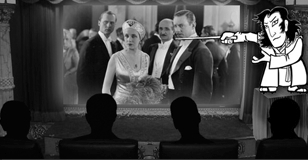  |
However, the films began to become complex, the duration was increasing and, gradually, they were daring to narrate stories in greater depth. The role of benshi was no longer merely descriptive, but should also be explanatory. The problem was not only understand the signs of the films and an increasingly elaborate, but understand Western ways that appeared in the films narrative system.
 |
| The Kiss 1896 |
An example of this was the movie: Kiss of Edison in 1896, which was considered highly immoral for its content, but the intervention of censorship by the authorities was avoided thanks to the explanation of benshi, who said that, what they saw it was a typical habit of the West
There were two ways to approach the art of setsumei (name with which the narrative that made the films known):
- Yamanote style: more realistic and objective understanding the role of benshi like a mere explainer of what was happening on the screen.
- Shitamachi style: more melodramatic and stylized.
The first was obviously more appropriate for foreign films while the second fit more with own productions. So it was not uncommon for the most professional benshi to specialize in a particular type of films: films of time (jidai-geki), contemporary films (gendai-geki) or foreign productions.
On the other hand, the style of each benshi changed depending on whether working in rural or city areas, even to adopt the accent of the region to work. Thus, for the public of every people it was as if the famous Hollywood actors speak with his accent, making closer to those famous international figures
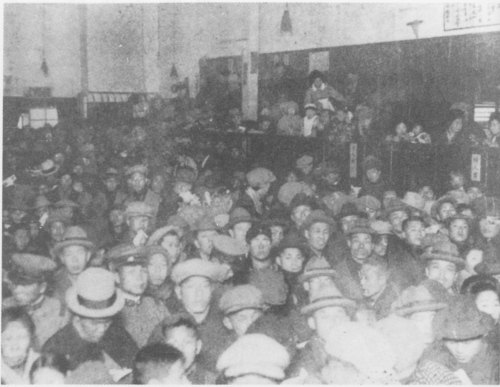
In 1927 it transpires that had benshi 6,818 (of which 180 were women curiously). His popularity reached such levels that in Japan people did not go to see a movie attracted by the name of a popular actor, but by the benshi that interpret.
How does all this affect the Japanese production of the time? From the moment that viewers gave priority to benshi on films, Japanese industry was conditioned by this circumstance. Japanese scriptwriters and directors made their films not thinking them as autonomous works that viewers would see for themselves, but as films that would be accompanied by an explanation of a benshi.
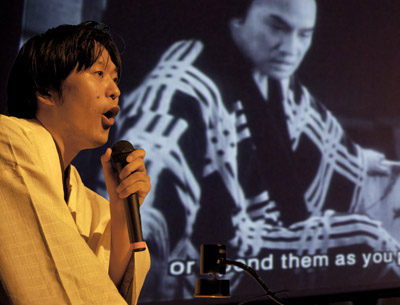
Prompting even in the 20s the Japanese film narrative progressed in a somewhat slow. It did not need to understand the films themselves therefore not seen the need to develop an audiovisual grammar to make them fully understandable films to viewers. On the contrary, the rapid realization of films was encouraged, knowing that benshi narrative fill gaps or errors.
A minority of filmmakers and moviegoers began to show their dissatisfaction with the system when foreign films palpably showed that Japanese cinema was lagging behind the rest of the world. However with the advent of sound, the reign of Benshi began to fall. The attractiveness of this new system ne movies, cuasaba curiosity in people and attracted them and convicting them of going to see them.
The popularity of the Bnshi faded with the introduction of sound to accompany film. Ironically, given the historical dominance of the Benshi profession during the silent film era, today the most celebrated Benshi is a woman, Sawato Midori. Midori has worked as a professional Benshi for the past twenty years, and is now the only person in Japan who earns a living in this field. Dym notes that, when Midori was asked what is the most important role of the Bneshi today, she replied, 'Communicating the spirit of the films made in the past to today's audiences'
A minority of filmmakers and moviegoers began to show their dissatisfaction with the system when foreign films palpably showed that Japanese cinema was lagging behind the rest of the world. However with the advent of sound, the reign of Benshi began to fall. The attractiveness of this new system ne movies, cuasaba curiosity in people and attracted them and convicting them of going to see them.
The popularity of the Bnshi faded with the introduction of sound to accompany film. Ironically, given the historical dominance of the Benshi profession during the silent film era, today the most celebrated Benshi is a woman, Sawato Midori. Midori has worked as a professional Benshi for the past twenty years, and is now the only person in Japan who earns a living in this field. Dym notes that, when Midori was asked what is the most important role of the Bneshi today, she replied, 'Communicating the spirit of the films made in the past to today's audiences'
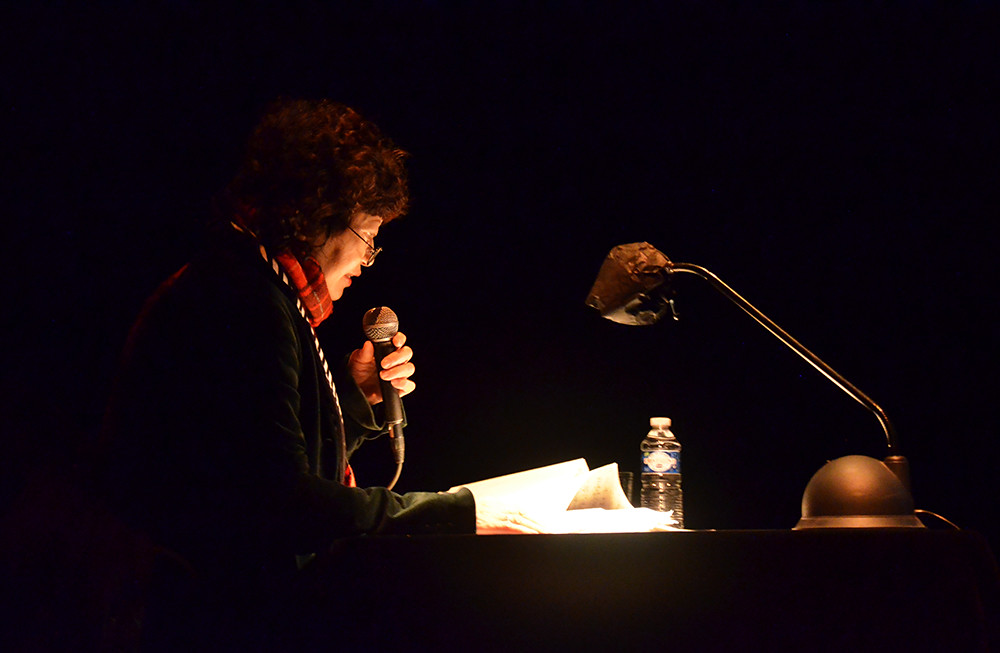
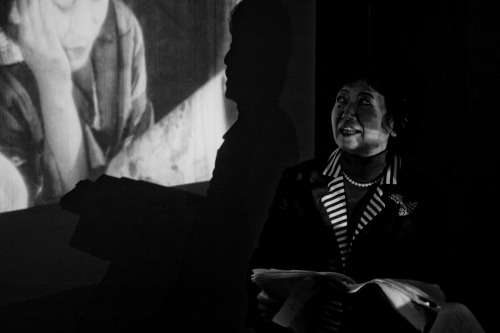

CURIOUS FACTS!
- No matter which film played or which benshi narrated, the film hero was usually named Jim, the heroine, Mary, and the villain, Robert.
- in 1936, there were 5151 registered benshi. In 1937, there were 3726, and by 1939, that number had fallen to 1302.
- Of the films shown, in 1920 4588 reels were American film, 231 European, and 1914 Japanese. In 1925, 9679 were Japanese, 8873 American, and 1023 European.
- In 1918, the smallest theater seated 244, and the largest theater seated 4221.
- The best theaters hired the prettiest female ushers. Trade journals circulated that compared the ushers’ looks and commented on their love lives with theater patrons.
- Day laborers received an average salary of 59 sen/day. First-year elementary teachers: 20 yen. Beginning bankers: 40 yen. A particular 13-year-old girl benshi: 80 yen. Benshi Somei Saburo’s signing bonus: 3000 yen.
- For a time, audience seating in some theaters were gender segregated to protect virtuous women from wandering hands in the dark theaters.
- In 1925, film represented 71% of mass entertainment.
- Some areas banned certain words, such as masuizai (anesthesia), kissu or seppu (kiss), and dorobo (burgler). These were replaced with nemuri (sleeping medicine), atsuki kuchi zuke (hot mouth touching), and kano akkan (that scoundrel).
- The phrase, “smelled like butter” (batta kusai) was used to describe films too foreign in content and technique.
- Somei Saburo simply inserted the English word “and” into his setsumei and fooled the audience into thinking he was educated and could speak English.
- Benshi sometimes made fun of actors on screen by commenting on their physical appearances.
- 1935 marked the sound transition in film: 78% of all theaters were wired for sound, the majority of films produced were sound films, and the top 10 films were all “talkies,” whereas in 1934 eight were silent and six were talkies.
- The audience felt that they were on intimate terms with their favorite benshi and often called out to them in the theater by nicknames such as “Big Mouth” or “Fish Face.” (Anderson and Richie 24)
- The phrase “spring, ah, spring” was commonly quoted by benshi during lovers’ scenes in films.
- To supplement their income, some benshi put gratuity boxes near their podium where fans, especially female ones, left money, often as marks of affection.
LEAR MORE ABOUT JAPAN ORAL TRADITION OF STORYTELLERS (Kabuki and Benshi)


Shouwa Genroku Rakugo Shinjuu

- http://aboutjapan.japansociety.org/content.cfm/a_brief_history_of_benshi
- http://www.infoplease.com/cig/movies-flicks-film/benching-benshi-japans-illustrious-century.html
- http://courses.hamilton.edu/documents/Dym.pdf
- https://en.wikipedia.org/wiki/Benshi
- http://www.bfi.org.uk/news-opinion/news-bfi/video/video-yasujiro-ozu-art-benshi
- http://www.japanesestudies.org.uk/reviews/2005/Shimoda.html
No comments:
Post a Comment